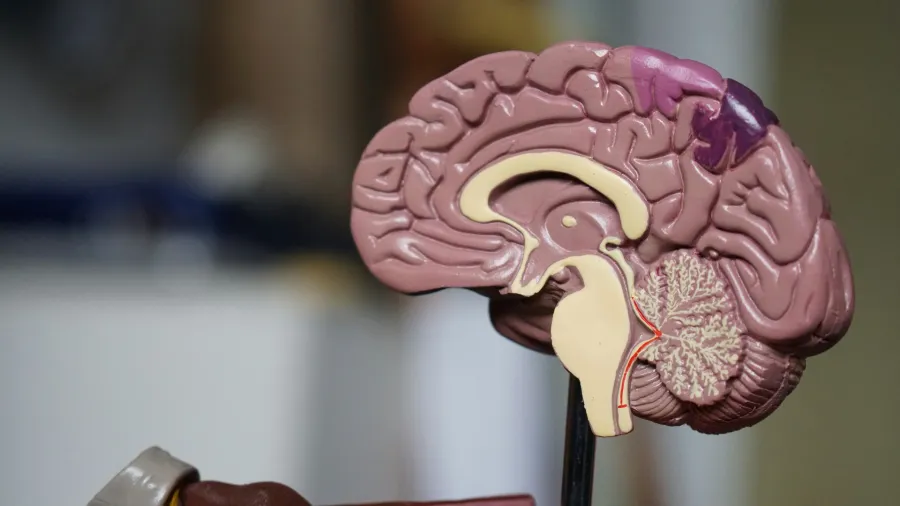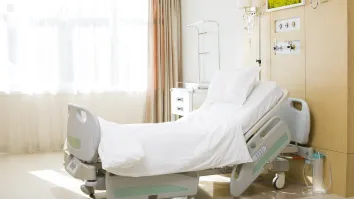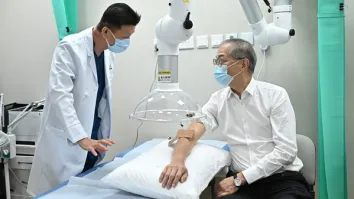
SGH and NNI study reveals connection between scoliosis and brainstem
Around 3% of adolescents in Singapore have scoliosis.
A study by the Singapore General Hospital (SGH) and the National Neuroscience Institute (NNI) found that scoliosis is related to a person's brain and spinal cord, a finding that could contribute to the treatment of the condition.
In a statement, SGH and NNI said its brain scans of those with adolescent idiopathic scoliosis (AIS) showed that the corticoreticular pathways connected to the right and left sides of the brainstem had asymmetric quantitative measurements.
the pons located in the brainstem were observed to be enlarged for those with AIS.
“This discovery suggests that scoliosis is fundamentally related to our brain and spinal cord. It could bring about changes in the way AIS is diagnosed or treated.” Lo Yew Long, Senior Consultant, Department of Neurology at NNI@SGH, said.
“For example, neurological interventions may potentially be employed to prevent worsening of spine curvature,” Lo added.
The study employed a high-resolution and quality diffusion tensor imaging (DTI) brain MRI technique for brainstem tractography and found that patients had side-to-side differences in the corticoreticular pathway, in contrast to those with no AIS.
The condition affects around 3% of adolescents in Singapore with up to 10% having severe AIS that will require complex spine surgery due to risks of nerve damage and breathing problems.



















 Advertise
Advertise








